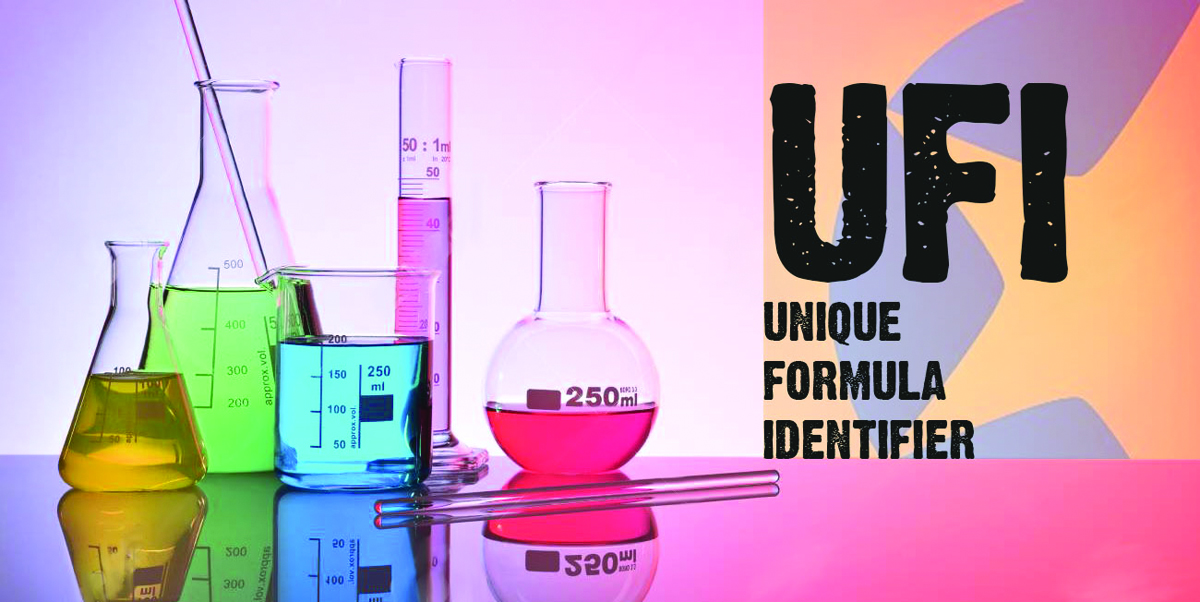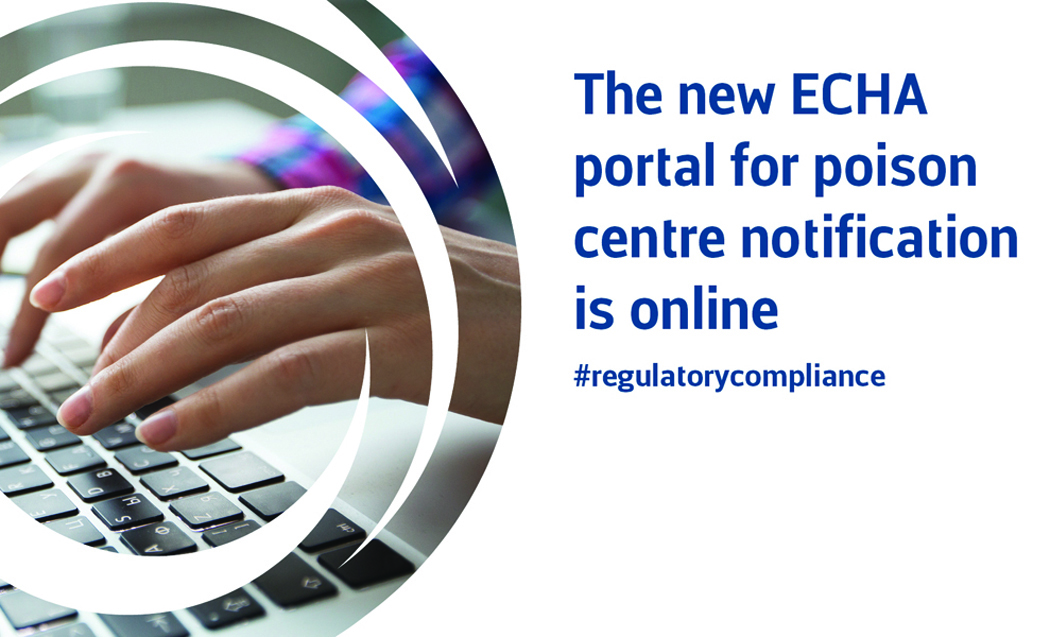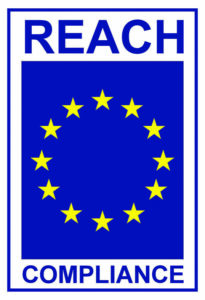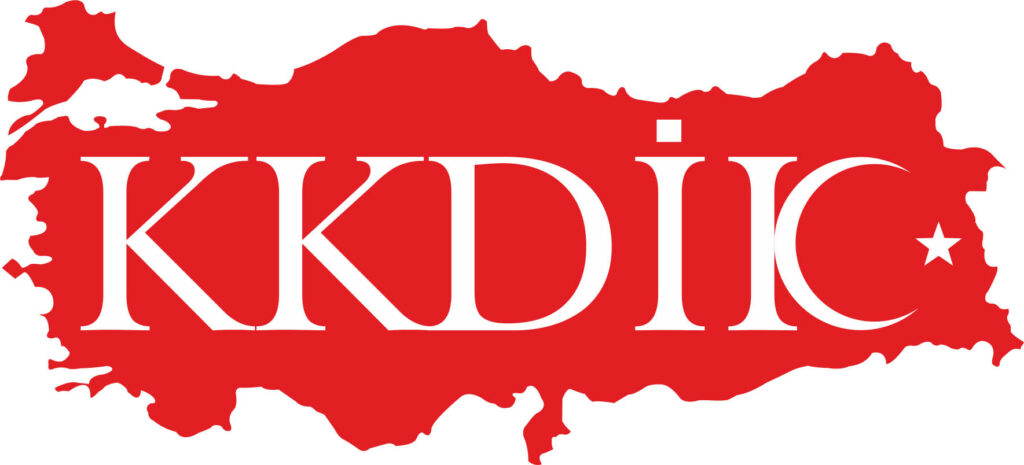Written on: March 1, 2020 by Cassandra Taylor

EU Poison Center Update:
Consumer Mixture deadline extended to 2021
The September 2019 issue of SPRAY discussed the new harmonized reporting obligations for hazardous mixtures under Annex VIII of CLP (Regulation (EC) No 1272/2008 on the classification, labeling and packaging of substances and mixtures) for products sold in Europe.
As a recap, Annex VIII implements new requirements for information that must be submitted to the appointed body or poison center in each Member State where a hazardous mixture is sold. Duty holders will have to submit information, including clear identification of the mixture and the operator responsible for placing the product on the market, the intended use, composition and hazard information.
In addition to specific information requirements, a harmonized electronic submission format will allow for the straightforward retrieval of relevant information by appointed bodies. A unique formula identifier (UFI) will need to be added to the label of each hazardous mixture to enable clear identification of the product by emergency responders.1
Previously, we stated that the first compliance date for harmonized reporting of hazardous mixtures intended for consumer use was Jan. 1, 2020. However, the latest amendment to Annex VIII of CLP delayed this deadline to Jan. 1, 2021. The extended deadline is intended to solve various workability concerns brought up by industry and Member States. Some issues identified by industry include the effects of high variability in mixture composition due to the natural origin of ingredients; difficulty knowing exact composition of products with complex supply chains; and the impact of multiple suppliers with the same technical properties and hazards. Additional amendments to Annex VIII include clarification of the text to streamline interpretation and improve coherence.
This amendment is not expected to be the last change to Annex VIII. The European Commission has an additional amendment underway that aims to solve some of the concerns raised by stakeholders on the workability of the notification requirements. Discussions are ongoing and we can expect to see more updates throughout 2020.
If you have obligations under Annex VIII of CLP that have not already been initiated, then you are advised to begin preparing notifications right away. Notifications submitted according to the existing national requirements before the 2021 deadline are not subject to a full submission in accordance with Annex VIII until Jan. 1, 2025.
Annex VIII notifications should only be submitted to Member States once indicated that they are ready2 to accept submissions via the European Chemicals Agency (ECHA) Submission Portal3. Companies with larger product portfolios may choose to use their own IT systems to create notifications using the system-to-system service.
Supply chain communication4 is a key aspect in meeting the new requirements of Annex VIII to CLP. Downstream users need information from their upstream suppliers in order to complete their own notifications in a timely manner. This is especially important for supply chains that include formulators of mixtures for consumer and professional use because the end use of the product determines the compliance date.

ECHA’s Poison Centers website (poisoncentres.echa.europa.eu/) has great resources and guidance on poison centre registration and requirements. We suggest checking it out!
New REACH requirements for nanomaterials
Updated Registration, Evaluation, Authorization & Restriction of Chemicals (REACH) Annexes (Regulation (EC) No 1907/2006 of the European Parliament and of the Council on REACH) for the nanoforms of substances came into force on Jan. 1, 2020. The new information requirements concern companies that manufacture or import nanomaterials that that are subject to REACH Registration in the EU. The aim of these changes is to ensure companies are providing adequate information to demonstrate safe use of nanoform substances for human health and the environment.

The revised Annex VI of REACH regulation introduces the concept of “nanoform.” It establishes the principle that all the nanoforms of substances covered by a registration must be reported in the registration dossier. According to the EU commission, “nanoforms” of substances are particles in an unbound state or as an aggregate where one or more external dimensions have a length in the range of 1–00nm for at least 50% of the particles. This also includes fullerenes, graphene flakes and single wall carbon nanotubes.
The concept of a “set of similar nanoforms” has also been introduced in the updated REACH Annexes. If certain conditions are met, registrants may report several nanoforms together in the registration dossier. The registrant must provide justification that the variation does not affect the hazard assessment, exposure assessment and risk assessment of the similar nanoforms in the set.
The updated REACH Annex VI defines specific characterization parameters for the nanoforms of substances. Other REACH Annexes updated to address nanoforms include the chemical safety assessment (Annex I), registration information requirements (Annexes III and VII-XI) and downstream user obligations (Annex XII).
The amendments apply to all the new and existing registrations covering nanoform substances. If you have obligations under these new amended Annexes, you will need to make the required changes with haste because existing dossiers should have been updated with nanoform specific information by Jan. 1, 2020.
REACH Enforcement Activities Update
The ECHA Enforcement Forum has determined that it’s next major enforcement project, REACH-EN-FORCE-9 (REF-9), will focus on provisions related to REACH authorization meant to protect the safety and health of workers and the environment. Inspectors will check that substances of very high concern (SVHCs) subject to authorization are not placed on the market without a valid authorization. Where authorized, they will check that SVHCs are being used in compliance with the conditions set in the authorization decision. Inspections are planned to be carried out in 2021 and a report detailing the results of the inspections is expected to be published by the end of 2022.
The REF-6 project report on the classification and labelling of mixtures was released at the end of 2019. Mixtures commonly known to contain hazardous ingredients were checked for compliance, including washing and cleaning products; biocidal products; coatings, paints, thinners and paint removers; adhesives and sealants; and room fragrance and air freshener products. This EU-wide enforcement project found that 44% of hazardous mixtures were not compliant with classification and labeling obligations. Inspectors in 29 countries checked 3,391 mixtures and inspected 1,620 companies. Some key findings of the project were that 17% of reported mixtures were not classified correctly, and 33% of reported mixtures had incorrect labeling.
Remember that in order to ensure that accurate safe-use information is provided to the end user, companies must first correctly classify the product to identify hazardous properties. Based on the determined hazard classification, a compliant CLP label may then be prepared.
ECHA has announced that it will focus on the use of bridging principles in the classification of detergents and cleaning products in a new pilot project on classification of mixtures. The preparation for this project will start near the end of 2020, at which point the timelines will be determined.
Turkey’s KKDIK deadlines approach
KKDIK is the Turkish Ministry of Environment & Urbanization (MoEU) regulation on chemicals and their safe use (the acronym KKDIK is the first letters of REACH in Turkish). The regulation, which was published on June 23, 2017, deals with the Registration, Evaluation, Authorization & Restriction of chemical substances. Because the regulation shares many similarities with EU’s REACH Regulation, it is known as Turkey REACH.

Substances that are manufactured or placed on the Turkish market on their own, in mixtures or in articles with an intended release of at least one metric tonne per year, are subject to pre-registration and registration requirements under KKDIK. Unlike EU REACH, KKDIK does not separate pre-registration and registration deadlines based on the classification or annual tonnage band. The established deadlines for KKDIK are as follows:
Companies that do not have a legal entity in Turkey must appoint a “Turkish Representative” to act as the registrant on the company’s behalf. Data review under KKDIK is stricter than under EU REACH. Only a certified Turkish risk assessor can submit the registration dossier using the Turkish Integrated Environmental Information System web tool (KKS Tool). Although to submit KKDIK substance pre-registration, a certified expert is not required.
As the pre-registration deadline approaches, companies selling products into the Turkish market will need to determine if they have obligations under KKDIK. Products within the scope of KKDIK containing applicable substances that are imported or manufactured in quantities of at least one tonne per year will need to be pre-registered. Applicable exemptions should be identified and a Turkish Representative may need to be appointed. Substance classification and labeling information will need to be gathered in order to submit the Pre-Registration.
For assistance with EU CLP, REACH, and Turkey KKDIK compliance, contact us by visiting Nexreg.com. SPRAY
1 link
2 link
3 link
4 link